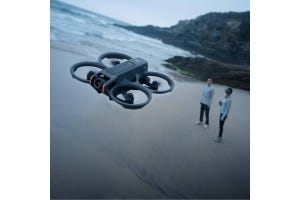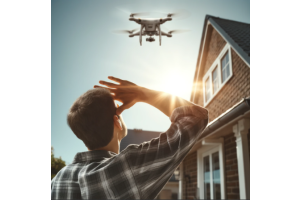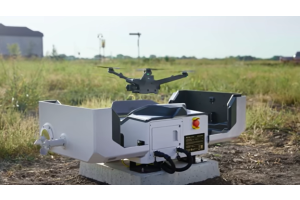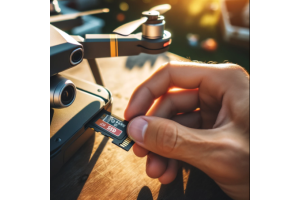Back in August 25, 2022, the DJI Avata came onto the stage, and it’s been a massive hit since then – especially in the world of first-person view (FPV) drones. Fast forward to April 11, 2024, and DJI rolled out the next version. The successor promises refinements and enhancements over the original model, aiming to push the boundaries of what FPV drones can achieve – from flight dynamics to overall usability. Here’s a feature breakdown and review of the DJI Avata 2:
Key Features
• Image Quality: 1/1.3-inch CMOS sensor, 12MP camera with a 155° ultra-wide-angle lens capable of 4K/60fps video and 2.7K/120fps slow-motion.
• Immersive Flight Experience: Paired with DJI Goggles 3 for a dual micro-OLED display, supporting 10-bit color and up to 100Hz refresh rate.
• Intuitive Controls: The DJI RC Motion 3 controller allows for easy flips, rolls, and 180-degree drifts with simple joystick motions.
• Advanced Safety Features: Integrated propeller guards, automatic Return to Home (RTH), and Turtle mode for self-righting.
• Stabilization Technologies: DJI RockSteady and HorizonSteady to keep footage stable regardless of flight dynamics.
• Extended Flight Time: Up to 23 minutes, with support for PD fast charging and a Two-Way Charging Hub.
• Improved Connectivity and Storage: O4 video transmission system, 46GB internal storage, and Wi-Fi for easy file transfer and sharing.
• Versatile Viewing Options: Real View PiP technology in goggles and the ability to share live feeds via DJI Fly app or directly to other devices.
• Enhanced Compatibility: Compatible with DJI Goggles 3 and RC Motion 3, as well as older DJI controllers like the RC 2 and RC-N2.
The ability to capture crisp and clear images in different lighting conditions. With its 155° field of view, you can get those stunning, cinematic shots that were once the domain of much larger, more cumbersome drones.
A big win for the Avata 2 is its accessibility to pilots of all skill levels. The DJI RC Motion 3 controller allows for complex maneuvers from flips to drifting with quick joystick movements. This is a leap forward in making sophisticated aerial filmmaking techniques accessible without the steep learning curve traditionally associated with high-end drones.
Also Read: FPV Drones In Rescue Missions: Discover How They Help
Safety features in the Avata 2, such as the comprehensive propeller guards and the Turtle mode, which automatically flips the drone right-side up if it lands upside down, are crucial for beginners and experienced pilots alike. These features not only protect the drone from damage but also ensure a safer flying environment for everyone around. Additionally, the stabilization technologies, including DJI RockSteady and HorizonSteady, ensure that the video output remains smooth and professional, irrespective of flight conditions.
The O4 video transmission system on the other hand a stable and clear HD feed to the DJI Goggles 3, even at distances up to 13 km. This feature, combined with the ability to share live feeds directly to smartphones or other devices, enhances the social aspect of flying, making it more enjoyable to share experiences and scenic captures with others in real-time. For comparison, the first Avata had a DJI O3+ transmission with up to 10 km range and 50 Mbps bitrate. The original model even made it to the best 15 long range drones for 2023. Keep it posted here to see where the Avata 2 will land will land in 2024’s rankings.
The DJI Goggles 3, when paired with the Avata 2, provide an immersive experience that is hard to beat. The goggles' dual micro-OLED screens offer vivid colors and deep blacks, ensuring that pilots can see every detail of their flight. The adjustable diopters and Real View PiP technology further enhance this experience by providing pilots with crucial situational awareness without needing to remove the goggles.
Visit DSLRPros to explore these and more FPV drones to suit your needs – including spare parts and accessories. Questions? Reach out at (877) 299-1075 / (213) 262-9436 or email sales@DSLRPros.com





